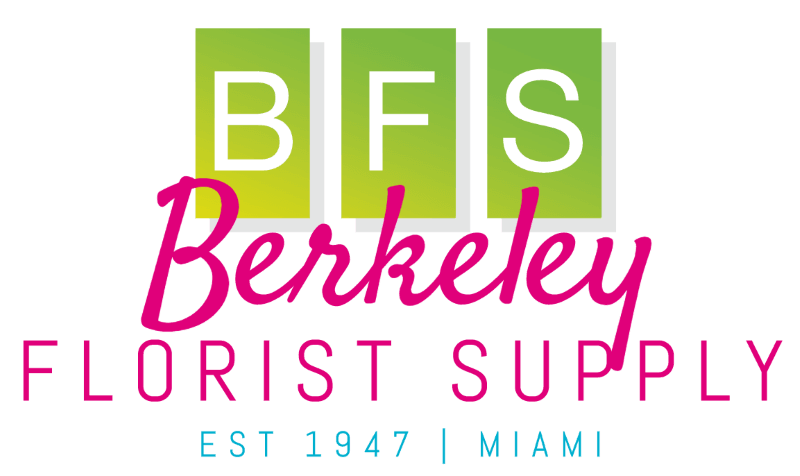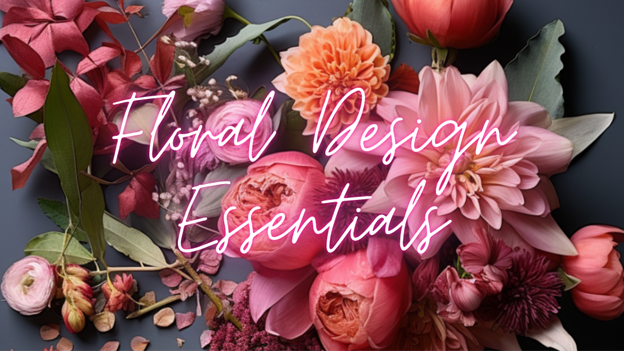Floral design is a captivating art form that allows florists to transform nature’s beauty into breathtaking arrangements that captivate the senses. Floral design’s magic lies in choosing flowers and applying fundamental principles such as color harmony, balance, texture, and more. Understanding these principles and techniques can elevate your floral creations to new heights, whether you’re an aspiring florist or a seasoned professional.
Principles of Floral Design: Crafting Nature’s Harmony
Floral design principles provide the foundation for creating visually appealing and harmonious arrangements. These principles guide florists in achieving balance, rhythm, contrast, and unity in their designs. Let’s delve into some key principles.
Color Harmony
The interplay of colors can evoke emotions and set the tone for your arrangement. Consider complementary colors for a vibrant contrast, analogous colors for a harmonious blend, or monochromatic schemes for an elegant, single-hued look.
Balance
Balance ensures that the arrangement appears stable and visually pleasing. Achieve this by distributing flowers and foliage evenly or asymmetrically to create a dynamic balance that draws the eye.
Texture
Combining different textures adds depth and interest to your design. Mix smooth petals with rough foliage or spiky blooms with delicate flowers for a tactile and captivating arrangement.
Proportion and Scale
Proper proportion ensures that the size of elements is visually pleasing. Combine different-sized flowers and foliage to create a balanced and well-scaled arrangement.
Focal Point
Every design needs a focal point to capture attention. Use larger, colorful, or unique blooms as focal points and build around them for a captivating composition.
Rhythm and Movement
Create movement through the arrangement by using lines and shapes that guide the viewer’s eye. Curved lines can create a sense of flow, while diagonal lines add energy.
Creating Various Types of Arrangements
From Bouquets to Corsages
Floral design encompasses various arrangements, each tailored to specific occasions and settings. Here’s how you can create various types of arrangements:
Bouquets: Bouquets come in various styles, such as hand-tied, cascade, and nosegay. Start with a focal flower and build around it, considering color, size, and texture. Arrange flowers in spirals for a natural look and tie the stems with ribbon or twine.
Centerpieces: Centerpieces anchor the decor of a room or table. Choose a focal point and build around it, ensuring the arrangement complements the overall theme. Use containers of varying heights for added dimension.
Corsages and Boutonnieres: These wearable floral accessories require smaller, lightweight blooms. Wire and tape flowers carefully to create a durable and elegant arrangement that won’t wilt throughout the event.
Wreaths: Wreaths can be traditional or contemporary. Start with a base and attach flowers, foliage, and other elements using wire or adhesive. Experiment with color and texture to match the desired theme.
Essential Tools and Supplies for Floral Design
Floral design requires various tools and supplies to bring your creative visions to life. Here’s a list of essentials:
- Cutting Tools: High-quality floral shears, clippers, and knives are essential for precisely cutting and shaping stems.
- Floral Foam: Oasis foam provides a stable base for arrangements and hydrates flowers. It comes in various shapes and sizes for different designs.
- Containers: Choose containers that suit the style of your arrangement. Vases, bowls, baskets, and unique containers can enhance the visual impact.
- Wiring and Taping Materials: Floral wire, floral tape, and floral glue are essential for creating sturdy and secure arrangements.
- Water Tubes: These keep individual stems hydrated, perfect for corsages, boutonnieres, and arrangements with delicate flowers.
- Pruning Sealant: Seal exposed stem ends to prevent water loss and improve the longevity of your flowers.
- Ribbon and Decorative Accents: Ribbons, beads, feathers, and other accessories can add flair and personality to your designs.
Simplifying Floral Design with True Client Pro
In today’s digital age, streamlining your floral design process is essential for efficiency and customer satisfaction. This is where True Client Pro floral software steps in. With specialized floral recipe templates, this software simplifies design by providing a structured framework to create stunning arrangements. You can easily replicate designs, ensuring consistency and accuracy.
True Client Pro’s integrated features also extend to flower ordering. Effortlessly browse and select the flowers you need for your designs, making the procurement process smoother.
Mastering floral design techniques requires an understanding of principles like color harmony, balance, and texture. From crafting bouquets and centerpieces to corsages and wreaths, each arrangement type demands its own approach.
Equipping yourself with the right tools and supplies enhances your creative process. With True Client Pro floral software, designing and ordering flowers becomes an intuitive and efficient experience. Whether you’re a seasoned florist or a blossoming enthusiast, these techniques and resources pave the way for stunning and memorable floral creations.

